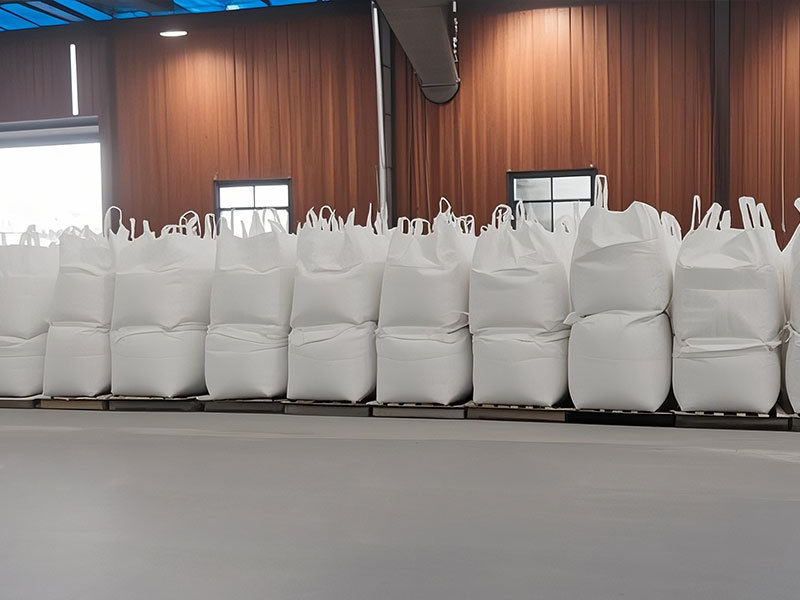Understanding Ceramic STPP Pricing in the Chemical Industry
2025-06-29

---
Ceramic Sodium Tripolyphosphate (STPP) is a valuable compound commonly utilized in various applications, particularly within the chemical and biochemical industries. As businesses seek to optimize their supply chains and production processes, understanding the factors that influence ceramic STPP prices becomes critical for informed decision-making.
One of the primary factors impacting the price of ceramic STPP is the cost of raw materials. The production of STPP requires specific chemicals, such as phosphoric acid and sodium carbonate, whose market prices can fluctuate based on availability, extraction costs, and geopolitical influences. When these raw material prices increase, manufacturers may pass those costs onto customers, directly affecting the pricing of ceramic STPP.
Another significant factor is the manufacturing process itself. The efficiency of production methods and the scale of operations can influence the overall cost structure. Companies that invest in advanced technologies and larger-scale production facilities often benefit from economies of scale, which can lead to lower per-unit costs. Consequently, businesses that maintain efficient production practices may offer more competitive ceramic STPP pricing.
Market demand also plays a pivotal role in shaping the price of ceramic STPP. Fluctuations in demand from the ceramics industry, detergent manufacturers, and food processing sectors can create variances in pricing. For instance, a surge in demand from manufacturers looking to enhance the quality and performance of their products can lead to increased prices, while a drop in demand can have the opposite effect.
Furthermore, regulatory factors can influence pricing dynamics. Environmental regulations that govern the production and use of chemicals often require manufacturers to adopt more sustainable practices, which can sometimes lead to higher operational costs. These costs may subsequently be reflected in the pricing of ceramic STPP.
Additionally, global economic conditions can affect pricing. Factors such as inflation, currency exchange rates, and international trade policies can create uncertainty in markets, leading to price volatility. Professionals in the biochemical sector should remain vigilant about these macroeconomic trends, as they can significantly impact the cost of essential materials like ceramic STPP.
In conclusion, while determining the price of ceramic STPP involves various intricate factors, staying informed about raw material costs, manufacturing efficiencies, market demand, regulatory changes, and global economic conditions can empower professionals to make better purchasing decisions. Understanding these dynamics is essential not only for cost management but also for maintaining a competitive edge in the ever-evolving chemical industry landscape.
PREVIOUS:


 TESFA STPP
TESFA STPP